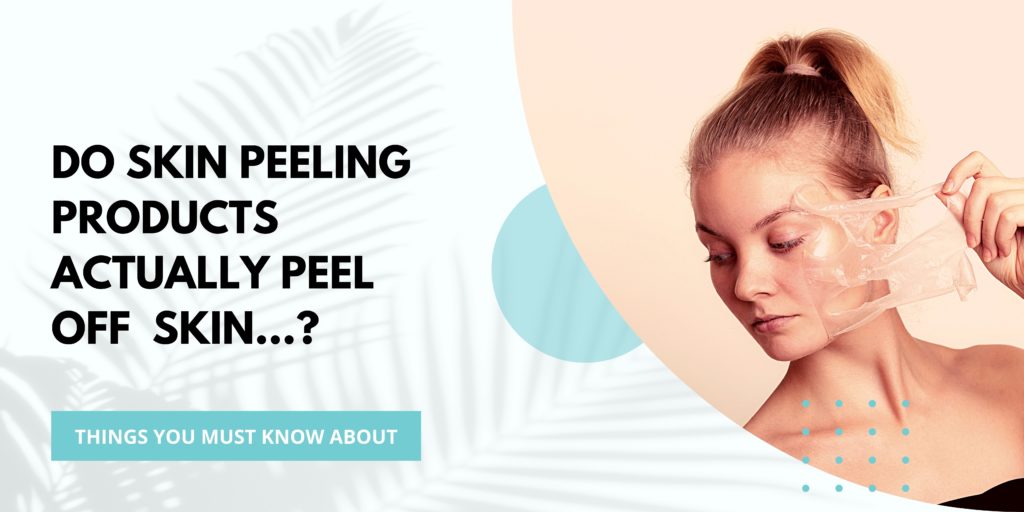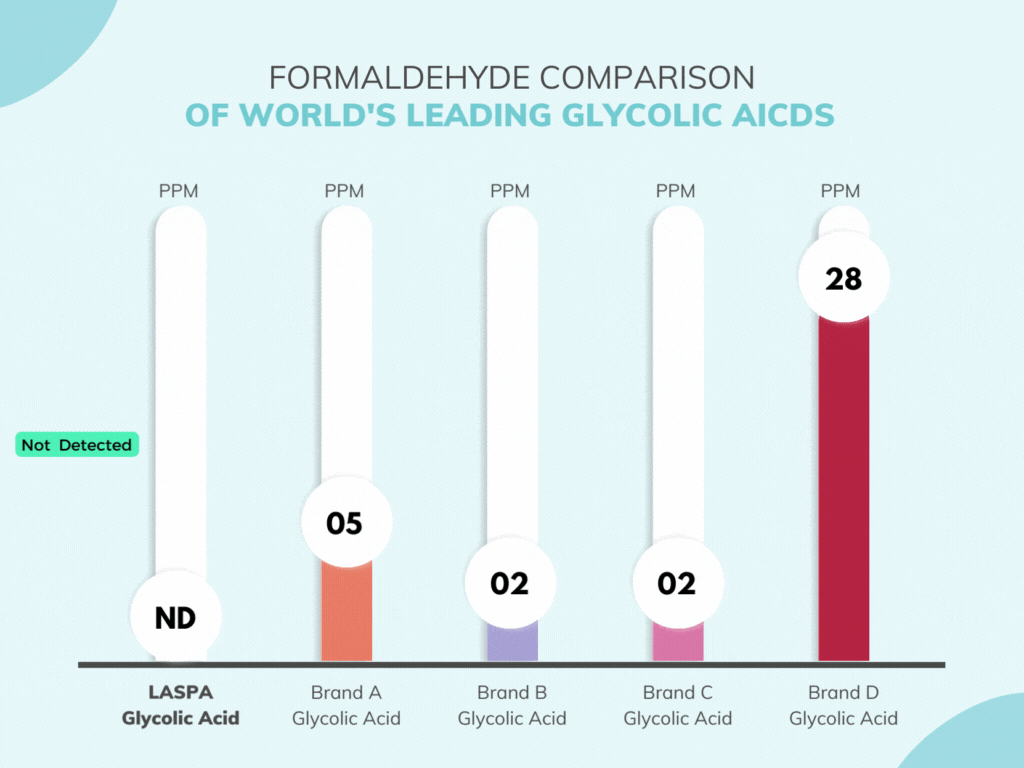The Difference Between Exfoliation and Peeling
Peel has been a buzzword in the skincare community for years. Whether you’re preparing for a big event or just want to have a fresh complexion, a chemical peel is often recommended as a suitable skin treatment. But what exactly is a skin peel? Is it the same as a skin exfoliator? Read on to find out.
Peel vs. Exfoliate
Although the terms peel and exfoliate are sometimes used interchangeably, there are marked differences. Skin exfoliation is typically done one of two ways: manually or chemically.
Manual exfoliation is done with a physical substance like a pumice stone or a sugar scrub. The granules in the scrub buff away dead skin cells and leave skin smooth. Manual exfoliation is a common practice but it can sometimes result in micro tears in the skin barrier and cause sensitized or reactive skin.
Chemical exfoliation is the removal of the top layer of dead skin through the use of active skincare ingredients like alpha hydroxy acids and beta hydroxy acids (more on that later). Chemical exfoliation is often used to treat skin conditions like hyperpigmentation, fine lines, and enlarged pores.
A peel or chemical peel is a product comprised of chemical exfoliators and is used to improve the skin’s appearance. The term peel has also been used to describe the procedure of applying a chemical peel at a dermatologist or aesthetician’s services.


But don’t worry, you won’t look like this!!!
Will My Skin Actually Peel?
The short answer is no. You could experience some mild flakiness after a chemical peel depending on your skin type and which type of peel you use. But you don’t have to worry about your skin painfully peeling off.
Types of Chemical Exfoliators
Now that we’ve explored the difference between manual and chemical exfoliators, let’s dive into the various types of active ingredients in a chemical peel.
Alpha Hydroxy Acid/AHA
Common AHAs include glycolic acid, citric acid, lactic acid, and malic acid. AHAs are some of the most common exfoliators in skincare due to their overall skin tolerance and effectiveness.
Beta Hydroxy Acid/BHA
Common BHAs include salicylic acid and tropic acid. Most effective for blackheads and enlarged pores, BHA is often used on oily and acne-prone skin types.
Poly Hydroxy Acid/PHA
Common PHAs include gluconolactone and lactobionic acid. Since the molecules in PHAs are typically larger than AHAs and BHAs, they do not penetrate as deeply into the skin.


We promise you won’t be quizzed on this.
Why Do We Exfoliate?
You might be wondering why exfoliating is important in your skincare routine. In addition to creating an even complexion, chemical exfoliation can also treat:
- Fine lines and wrinkles
- Acne and excessive oiliness
- Age spots, melasma, and other hyperpigmentation
- Rough texture and enlarged pores
- Mild scarring
Let’s Talk Glycolic Acid
Glycolic acid is one of the most widely used alpha hydroxy acids because of its ability to penetrate into the skin and deliver noticeable skincare results, even on sensitive skin types. Here are our top questions about this superstar ingredient.
Where does glycolic acid come from?
Glycolic acid is a natural substance created by plants. It can be found in sugar cane, citrus fruits, and grapes.
How does glycolic acid work?
Since glycolic acid is the smallest alpha hydroxy acid molecule, it penetrates the top layer of the skin and stimulates the renewal of new skin cells. During this process, old skin cells are shed as the new cells come forward.
Are all glycolic acid formulas created equal?
Although glycolic acid originates from a natural source, not all glycolic acid is naturally derived. Most companies use formaldehyde and petrochemicals as their starting material to generate glycolic acid. Unfortunately, some amounts of these potentially harmful chemicals are found in the finished product and end up on your skin.
We tested four glycolic acids from ingredient houses around the world and every one of them contained formaldehyde. See our results in the chart below.
What makes our glycolic acid different?
Our glycolic acid is naturally derived, meaning it is fermented directly from sugar cane without the use of formaldehyde. This results in a pure form of glycolic acid which we combine with other natural botanicals in our products.
Are you ready to start your journey with glycolic acid? We recommend our Overnight Treatment Kit, a formula gentle enough for beginners and packed with our bio-based glycolic acid, antioxidant-rich resveratrol, and moisturizing hyaluronic acid.
If you’re curious about how to incorporate glycolic acid into your regular skincare routine, see our full guide here.



